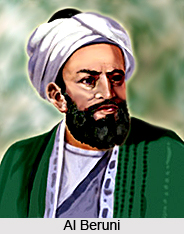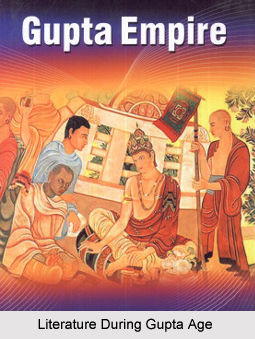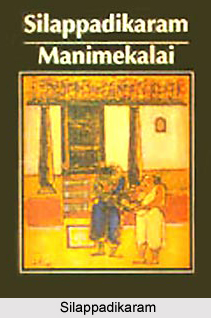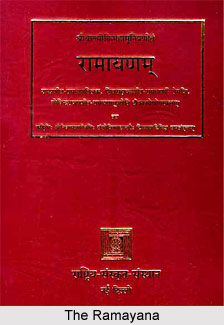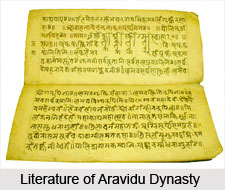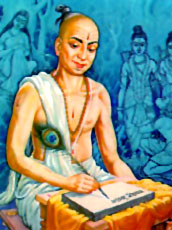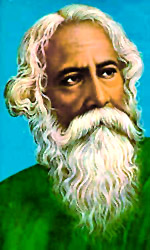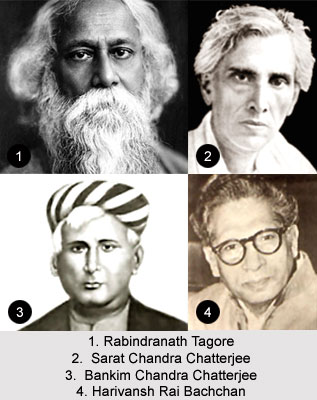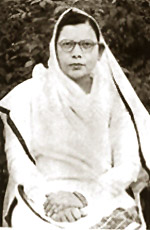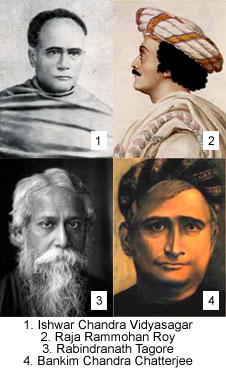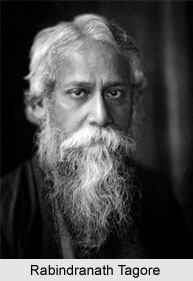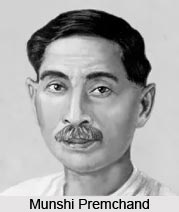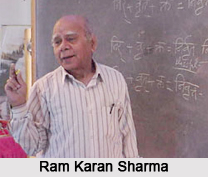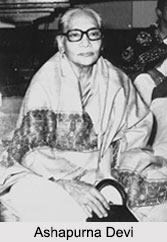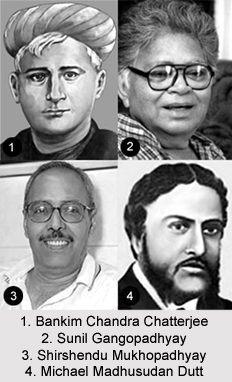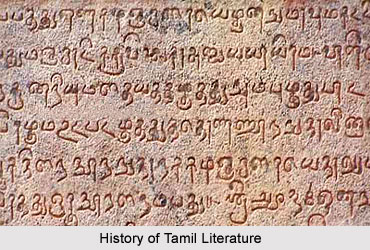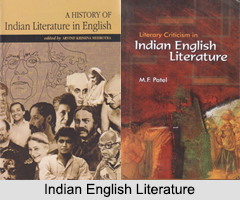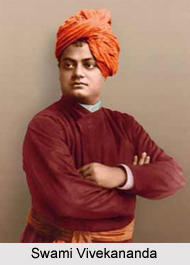 Swami Vivekananda was one of the foremost disciples of Sri Ramakrishna. Hence, after the death of his guru he traveled various places of India including many parts of South India to spread the ideals of his Guru and to establish the Ramakrishna Math all over India.
Swami Vivekananda was one of the foremost disciples of Sri Ramakrishna. Hence, after the death of his guru he traveled various places of India including many parts of South India to spread the ideals of his Guru and to establish the Ramakrishna Math all over India.
Swami Vivekananda was known as Narendranath Datta in his early life. He belonged to a middle class Bengali family. He was born on January 12 in 1863 and was a Kshatriya. He subscribed to the philosophy of John Stuart Mill and Herbert Spencer and was a keen atheist. He also subscribed to the reformist ideals of the Brahmo Samaj. But after meeting his guru Sri Ramakrishna in 1881, a lot of change was brought in him. Then he started spreading the ideals and teachings of his guru by travelling throughout the country.
While on such a visit he came to Chennai twice. He came to Chennai for the first time as an unknown monk and stayed from December 1892 to April 1893. But during his second visit to Chennai, he became famous Vivekananda after his successful return from the Chicago World Religions Conference. It is said that his young enthusiastic devotees from Chennai were actually responsible for his trip to Chicago. He was regularly in touch with his disciples in Chennai during his four-year stay in Chicago.
In 1897, Vivekananda came back to Chennai via Colombo, Pamban and Rameswaram, where he obtained an extraordinary welcome. He stayed in the Ice House there also known as Castle Kernan for nine days and delivered seven thrilling lectures. During his stay in Chennai, his disciples requested him to have a permanent centre in Chennai. Then to fulfill their request, Ramakrishnananda deputed Swami Vivekananda to establish a Ramakrishna Math in Chennai.
In his memory, a Vivekananda rock memorial was erected in South India in 1970. It is said that the structure was erected on the very rock on which Swami Vivekananda sat and meditated on the goddess in the year 1892 before he departed for Chicago. It is believed that goddess Kanyakumari also meditated on the same spot.

